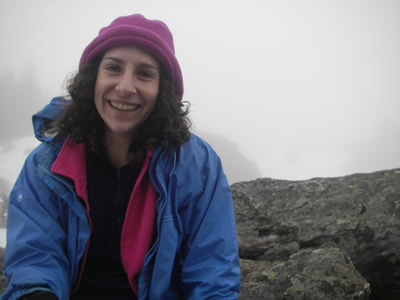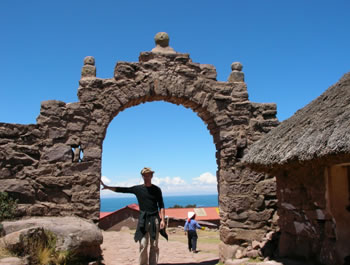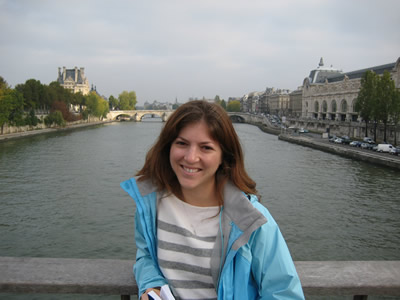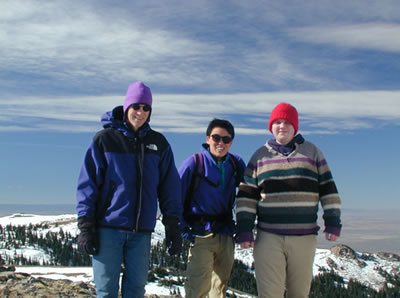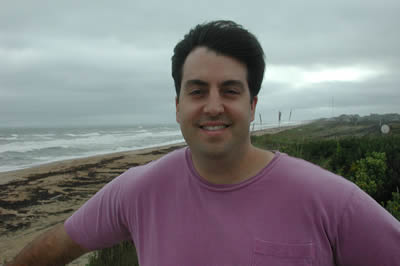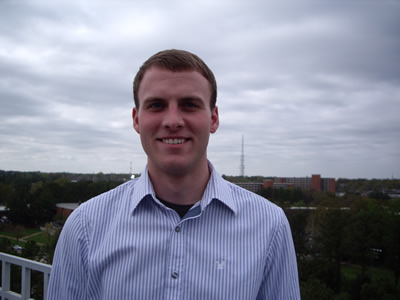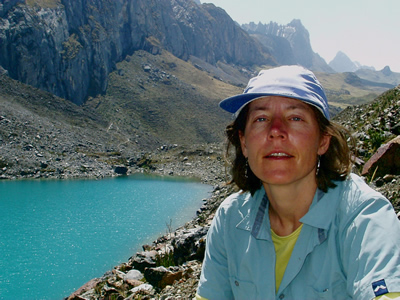
Image Courtesy of Paquita Zuidema
Dr. Paquita Zuidema
Hola!
I am originally from the Netherlands and thereafter spent 3 years as a child in the Peruvian Andes, but I have lived most of my life in the United States. I received my bachelor's degree in physics from the University of Illinois, in what I consider to be my hometown of Urbana, Illinois. I pursued public policy for a while, and didn't think about becoming a meteorologist until I found myself in graduate school studying physics at the University of Washington, next door to a great atmospheric sciences department. I finished at University of Colorado in Boulder, CO. Ultimately atmospheric sciences provided the blend of hard science and environmental consciousness that was the right path for me. I currently live in Miami, Florida, which is a step back closer to South America. I'm thrilled that my work takes me back near Peru. I well remember Peru's dry coastal deserts and mountains from my childhood, revisited as an adult, and now I have the opportunity to understand more completely why the meteorology and climate are what they are.
During VOCALS I will be responsible for cloud liquid water measurements, both from the NCAR plane and the NOAA ship. Such measurements are valuable for many reasons, including influencing when the clouds rain (usually so lightly the drizzle rarely reaches the surface), and how bright - or white - the clouds are. It's an important measurement for separating the impact of particles such as dust and human-induced pollution on clouds, from cloudiness changes caused by weather systems.
Much more can be learned from one data set by combining them with data sets that other scientists are responsible for. Together the data also help us evaluate and develop confidence in the models we depend on for weather forecasts and climate change predictions. In this way the sum knowledge from a large experiment such as VOCALS becomes greater than what each scientist contributes independently. This is what makes VOCALS so scientifically rewarding. I hope I will be able to share some of what we learn with you.






